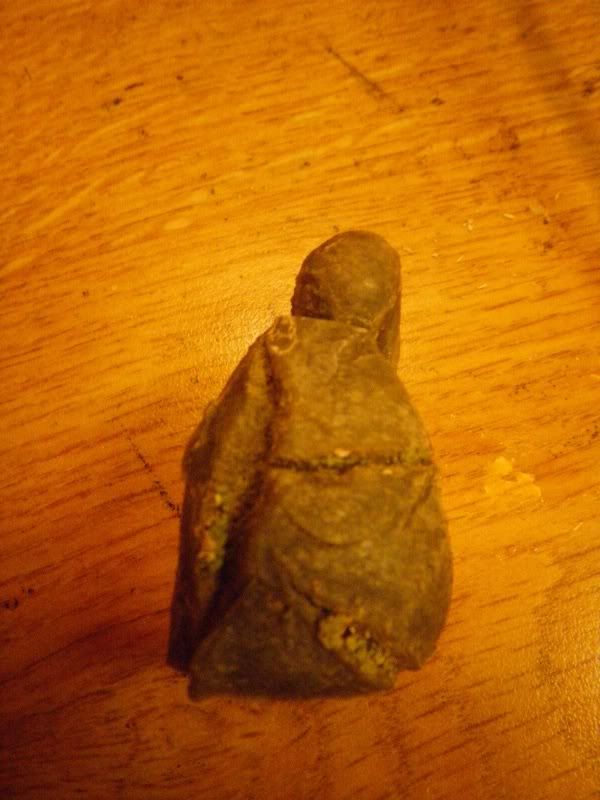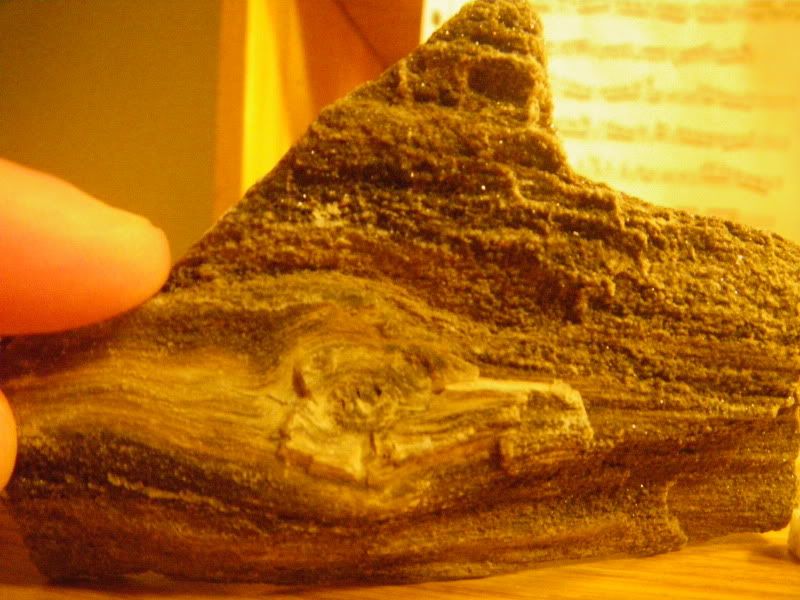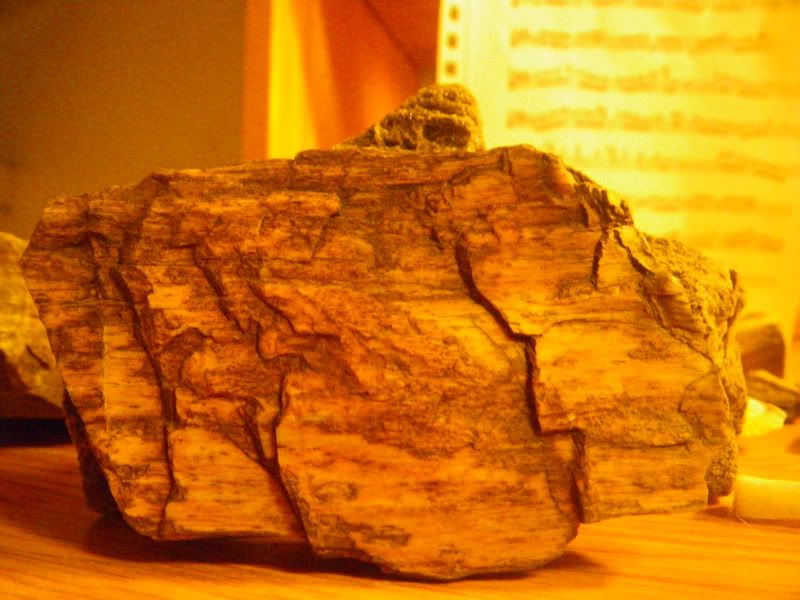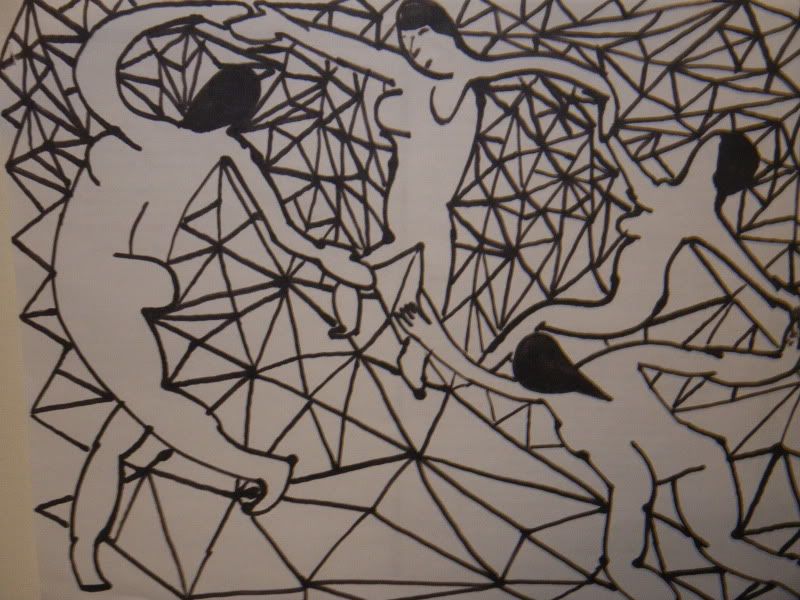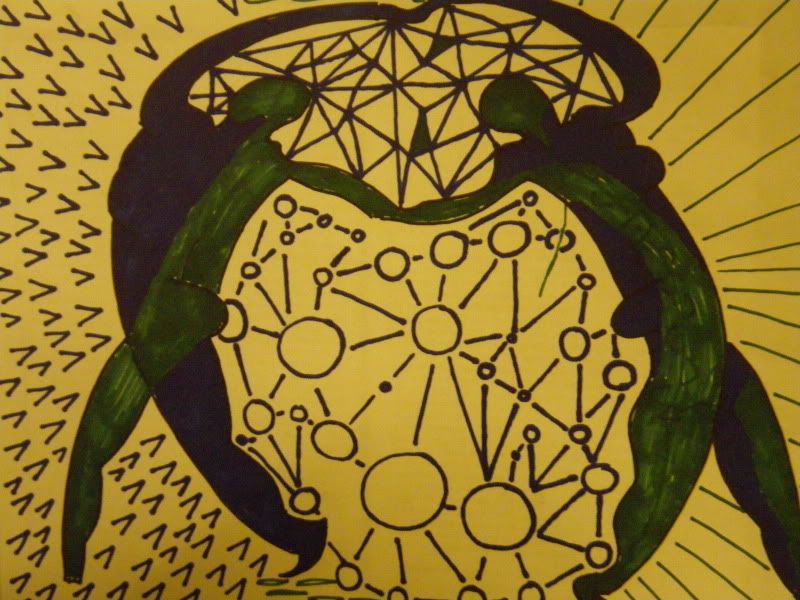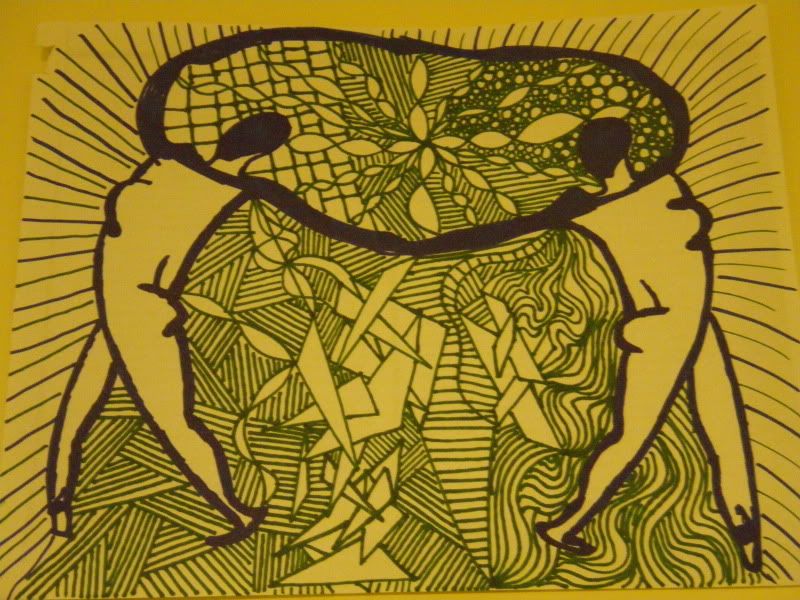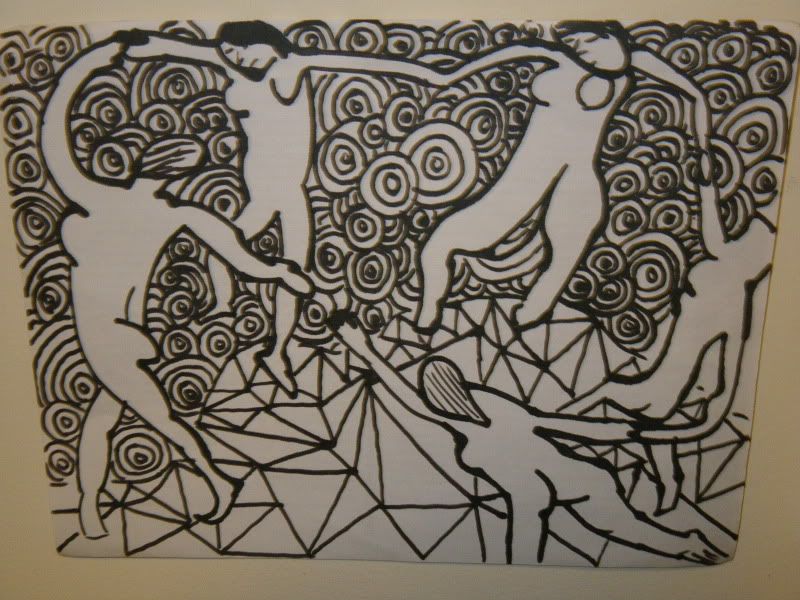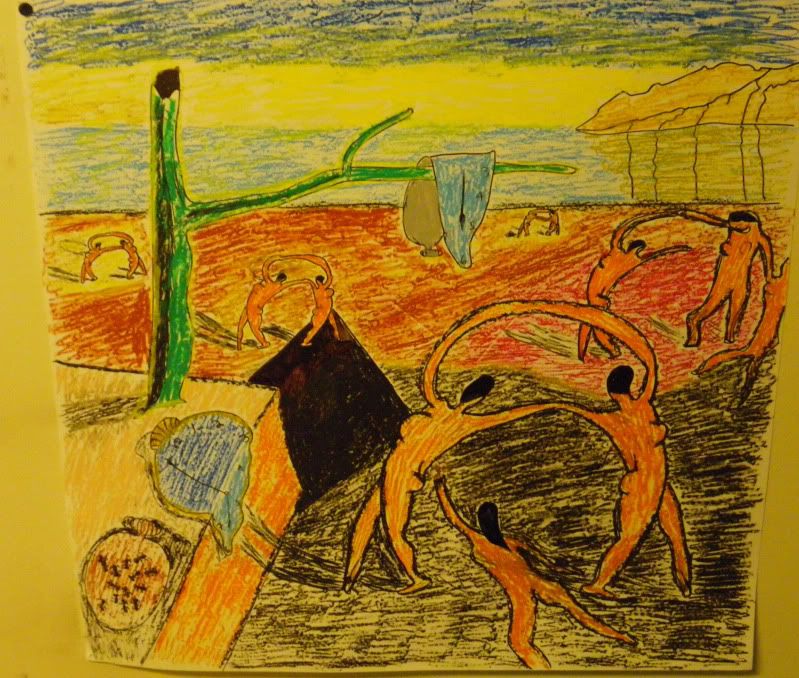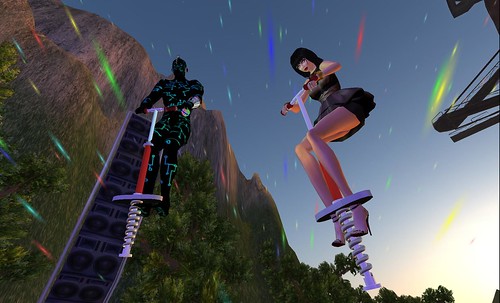"Do you want a burger, or steak for dinner?", Betty asked.
"Well", I said, "I don't normally eat red meat..."
I knew this would happen. Someone had graciously offered me hospitality, and now I was confronted with the difficult decision of rejecting it for a long-held dietary principle. Betty's husband had found me sitting in a shelter outside a school in Caledonia, Ontario, eating lunch next to my bike. It was still early, but a cold and windy day. I was feeling less than enthusiastic about riding, so when he invited back to his house, it didn't take long to accept.
Now I was sitting on the couch, learning the life-story of a Scottish couple who had moved to Canada for opportunity and started a life. In their 20's, they got on a boat and left their native villages for a country with better job prospects. Despite having lived in Canada for over 50 years, I could only barely understand Betty's words through her thick accent. Nonetheless, we talked all afternoon, about her kids, her friend (also named Betty) who came over without asking and had a track-record of uninvited entrances, her work, and the new preacher at church who had strange habits and always showed up late.
At dinner, she served me left-over pizza, instead of a hamburger or steak. Initially relived, I was surprised to discover the pizza was dotted with bacon and sausage. As they dug in, I thought, this will be the first time I've eaten meat in two years. And it's factory-farm meat on a slice of microwaved pizza! But what could I do? Say no to this offering of kindness? Offend my hosts?
They already thought I was being picky for declining the beef. "Strange meal you're eating," Betty remarked, looking at a plate of pizza and potato.
Hesitantly, I cut into the slice. The first bite was good, delicious even. I felt the tension dissipate as we ate together. Here we were: myself a 22-year old cyclist, and two 75-year olds sharing dinner. Though I had just met the couple, I felt like we were already friends.
When it was time for bed, I went upstairs to a quiet room and crawled into bed. The night before I had slept outside in a picnic shelter on the wind-swept shores of Lake Erie. Periods of rain tapped on the roof and contributed to the already flooded lawn. Even though it was late June, the night was cold and blustery. Around 3 AM, two members of the RCMP woke me up with flashlights and demanded to see my identification. Bleary-eyed, I rummaged through my saddlebags for my passport which they then used to see if I was wanted on warrants. After a phone call to a police station somewhere, they found out I wasn't.
"You can't sleep in a shelter in a provincial park," one of them said. "But, we'll let you stay here for the rest of the night." That night I slept uneasily.
Needless to say, I was happy to be in a warm bed tonight. And, I was happy to have a full meal in my belly. Two strangers, blindly trusting, had taken me into their house, shared their table with me, and given me a place to sleep.
Two days later, I was sitting in a picnic table that was slowly sinking into a muddy field on the side of the road, strumming a few chords on my ukulele. A driver who had stopped came over to see what I was up to, and minutes later I was on my way back to his beach cabin. When we arrived, his wife asked if I was hungry. I can't tell a lie, and she presented us each with a plate of pork chops and potatoes. What could I do? Eating a meal that I would have found revolting weeks before, I was shocked to find myself enjoying the food. The next day, back on the road, my body felt stronger than it had in weeks.
At this point, my thoughts on diet and vegetarianism were in turmoil. The narrative that I had been developing for years was getting more complicated. Before my trip, I understood diet in terms of ethics and spirituality. I viewed animals as conscious beings, with the ability to feel pain and experience suffering. I saw the meat industry as vigorously capitalistic, ignoring all moral questions in the pursuit of the highest profits. And I saw animal consumption as unnecessary in the modern world, a dietary luxury. A carnivorous diet had no purpose, other than visceral enjoyment, but it had many effects: meat-eating caused needless pain and suffering, and it degraded the environment, polluting water-ways and contributing carbon to a warming atmosphere.
But then, somewhere in Ontario, I added another piece to this story. Food and diet are not only about ethics. Food is social. We use food to connect with each other. Eating is a bond, a shared experience. In the two cases I just described, complete strangers offered me food as an expression of hospitality, a gesture of kindness. From their perspective, these meals needed to include meat. A vegetarian meal might seem inconsequential, too frugal for a weary and fatigued traveller.
I see a fundamental conflict in dietary choices between ethics and human relationships. Humans are moral creatures, or at least have come to think of ourselves as such. But, at the same time, and perhaps in a more primal and ancient way, we are also social creatures. We thrive in communities. We need friendships to make us happy. And almost all of these inter-personal bonds orbit around a nucleus of shared meals. We cook dinner for our friends. We eat at restaurants together. We barbeque with our schools, workplaces, neighborhoods. And, almost anywhere you go in this country, meat is the centerpiece of these shared meals. Rejecting it makes it hard to share in the essence of the experience. At many of these occasions a vegetarian is an outcast, alienated from the group.
When I think about diet in terms of ethics, I always conclude that eating meat is wrong. It is an unnecessary action that increases suffering. I simply can't justify that.
But, this ethical judgment has to be considered in the context of American culture. Whether I think it is ethical or not, most people eat meat in this country. These people are my friends, and eating together is one of the most simple and satisfying expressions of friendship. If meat is on the table, I'm going to join in and eat.




 I found this beautiful mushroom growing on a nurse log in a dry creek bed in the Quinault Rainforest, a region of the Olympic Mountains. It is Ganoderma Lucidum, aka Reishi. It's not exactly a tasty mushroom, but I was still excited to find it. Why? Other than being a hand-held post-apocalyptic sunset, this mushroom is one of the most healthful substances known to man-kind.
I found this beautiful mushroom growing on a nurse log in a dry creek bed in the Quinault Rainforest, a region of the Olympic Mountains. It is Ganoderma Lucidum, aka Reishi. It's not exactly a tasty mushroom, but I was still excited to find it. Why? Other than being a hand-held post-apocalyptic sunset, this mushroom is one of the most healthful substances known to man-kind.  On June 2, I left New York City on a 10-speed Schwinn, heading for Seattle. I met my two friends, Trevis and Joanna, on the Upper West Side and we crossed the George Washington Bridge into New Jersey, leaving behind the city, and college. Two months later, on August 2, I rode the same bike into my parents' driveway, 3,000 miles of roads, adventures, and people now behind me.
On June 2, I left New York City on a 10-speed Schwinn, heading for Seattle. I met my two friends, Trevis and Joanna, on the Upper West Side and we crossed the George Washington Bridge into New Jersey, leaving behind the city, and college. Two months later, on August 2, I rode the same bike into my parents' driveway, 3,000 miles of roads, adventures, and people now behind me. 